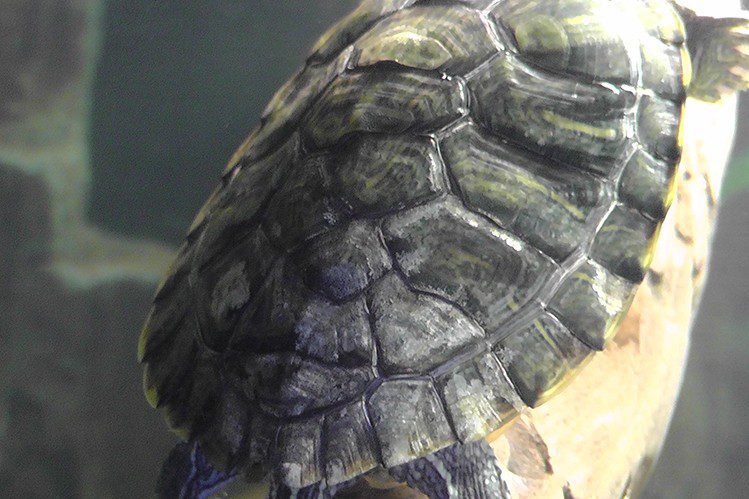
turtle fungus
Fungal diseases are quite common in turtles and other inhabitants of aquaterrariums. The fungus spreads quickly enough, and if one turtle gets sick today, then tomorrow the rest will follow its example. But what are the causes of fungal infections and how to prevent them?
The fungus in red-eared and other turtles is also known as mycosis or ringworm of the skin. The main reason for its activation is the unfavorable conditions of keeping the pet.
Turtles are very popular because of their unpretentiousness. Unfortunately, this quality often turns against them: novice amateurs do not pay due attention to the design of the aquaterrarium and maintaining an optimal climate in it. Turtles are quite hardy and can endure not the best conditions for a long time. But this does not mean that one day the pet’s body will not fail. Fungal diseases are a prime example of this.
In most cases, fungal infections occur in immunocompromised turtles. With poor-quality nutrition, frequent stress, after illnesses, a wintering period, etc. Insufficient lighting, unfavorable air and water temperatures, lack of heating and UV lamps also cause infection.
A turtle in an aquaterrarium must have land on which it can dry completely and warm itself under a light bulb. This is the basis for the prevention of fungal diseases.
It should be remembered that there is always a risk of “bringing” an infection with feed aquarium fish.
If there are several turtles, put the sick pet in a separate container, as the fungus is transmitted very quickly. Change the water in the aquarium and disinfect the inventory with turtle-safe products.
A weakened body becomes vulnerable to a huge number of diseases. Against the background of many of them, the fungus looks like a minor problem, but this ailment should not be underestimated. Without timely treatment, bleeding wounds form on the turtle’s body, which can lead to a general infection of the body and blood poisoning. Also, infection with fungi is a gateway for secondary bacterial infections.

How do fungal infections manifest themselves?
The presence of a fungus is indicated by peeling of the skin and an easily removed white coating: it often accumulates abundantly in the skin folds. The skin may come off in patches. Inexperienced owners may confuse this process with an annual molt.
With a fungus, the turtle is worried about itching. Redness appears on the membranes and in the skin folds.
When the turtle is in the water, you can see how a cloud of mucus stretches behind it in the water.
Be careful and start treatment immediately if symptoms appear. If the fungus is not treated, it will continue to affect the skin, forming wounds and ulcers on it.
In the fight against fungal infections, the turtle has its own nuances, and you should not self-medicate. Diagnosis and treatment should be made by a reptile veterinarian.
Having dealt with the problem, review the conditions for keeping the turtle in order to prevent re-infestation after some time. Consult your veterinarian or reptile specialist on this issue, they will tell you what to look for first.





